Home
Statement of Community Involvement Consultation
Public Consultation: Statement of Community Involvement 2024 Update
Waverley Borough Council is currently running a public consultation on the proposed update to its Statement of Community Involvement (SCI).
We are reviewing our SCI to ensure it remains up-to-date and contains appropriate measures for engaging with the community on Planning matters. We recognise that there have been a number of changes in how stakeholders engage with us since our 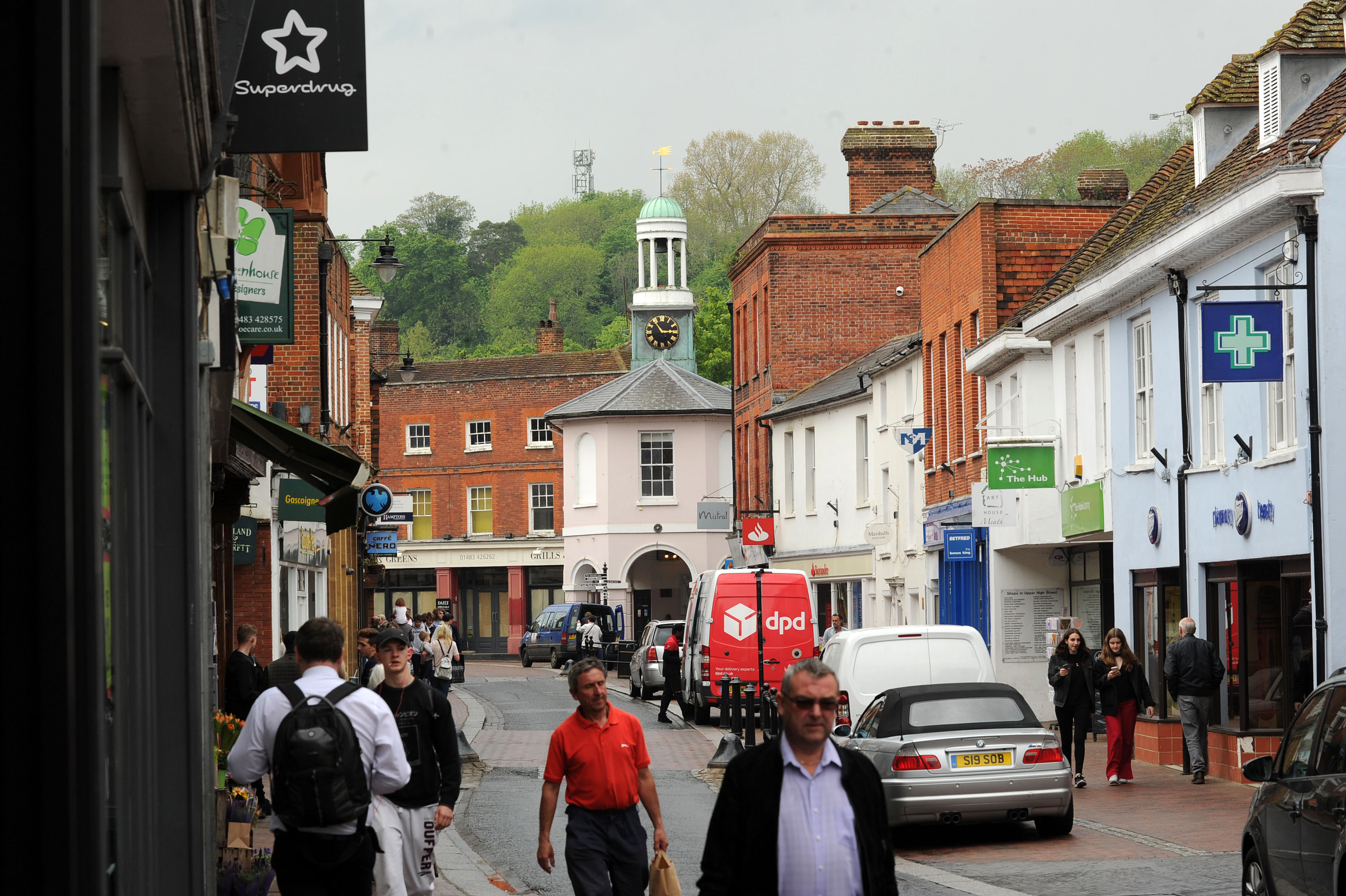 last Statement of Community Involvement was adopted in July 2019. Therefore, ahead of consulting on the new Local Plan, we have drafted a revised and updated SCI.
last Statement of Community Involvement was adopted in July 2019. Therefore, ahead of consulting on the new Local Plan, we have drafted a revised and updated SCI.
The Statement of Community Involvement sets out how and when the council will involve and consult with the community and stakeholders in the preparation of planning policy documents (including the new Local Plan) and during the planning application process.
The public consultation will run from Friday 1st March and will close on Friday 19th April 2024.
We welcome your views on the updated Statement of Community Involvement. Click the Next button below to read the SCI and share your feedback.
Submitting your comments
The full Statement of Community Involvement (2024 Update) can be viewed below. To submit your comments and suggestions, please continue to the following pages which break down each section of the SCI and ask for your feedback.
Check out the following documents
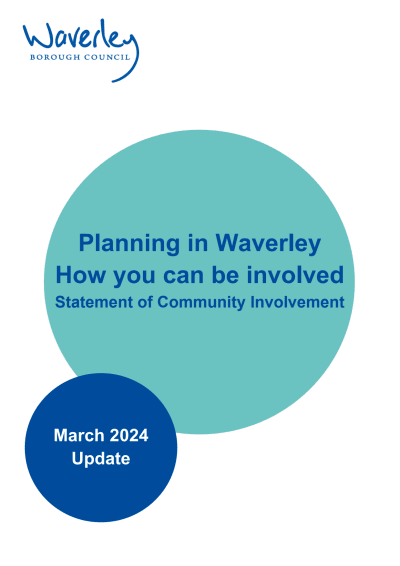
1. What is the Statement of Community Involvement?
1.1. Planning affects everyone. It shapes the environment that we live, work, shop and play in; planning decisions determine where new homes, offices, shops and leisure facilities will be built and what happens to our countryside, open spaces and historic environment.
1.2. By law, we have to produce a Statement of Community Involvement (SCI) [1] setting out how and when we will involve and consult with you on planning matters. We have to review the SCI every 5 years. This document updates the SCI adopted by the Council in July 2019.
1.3. For many people, planning is something that they only get involved with when a development directly affects them, and this can sometimes be too late to really influence the process. You can be involved in how the borough develops from the early stages of local plan policy formulation to the end stage of commenting on planning applications. This SCI sets out 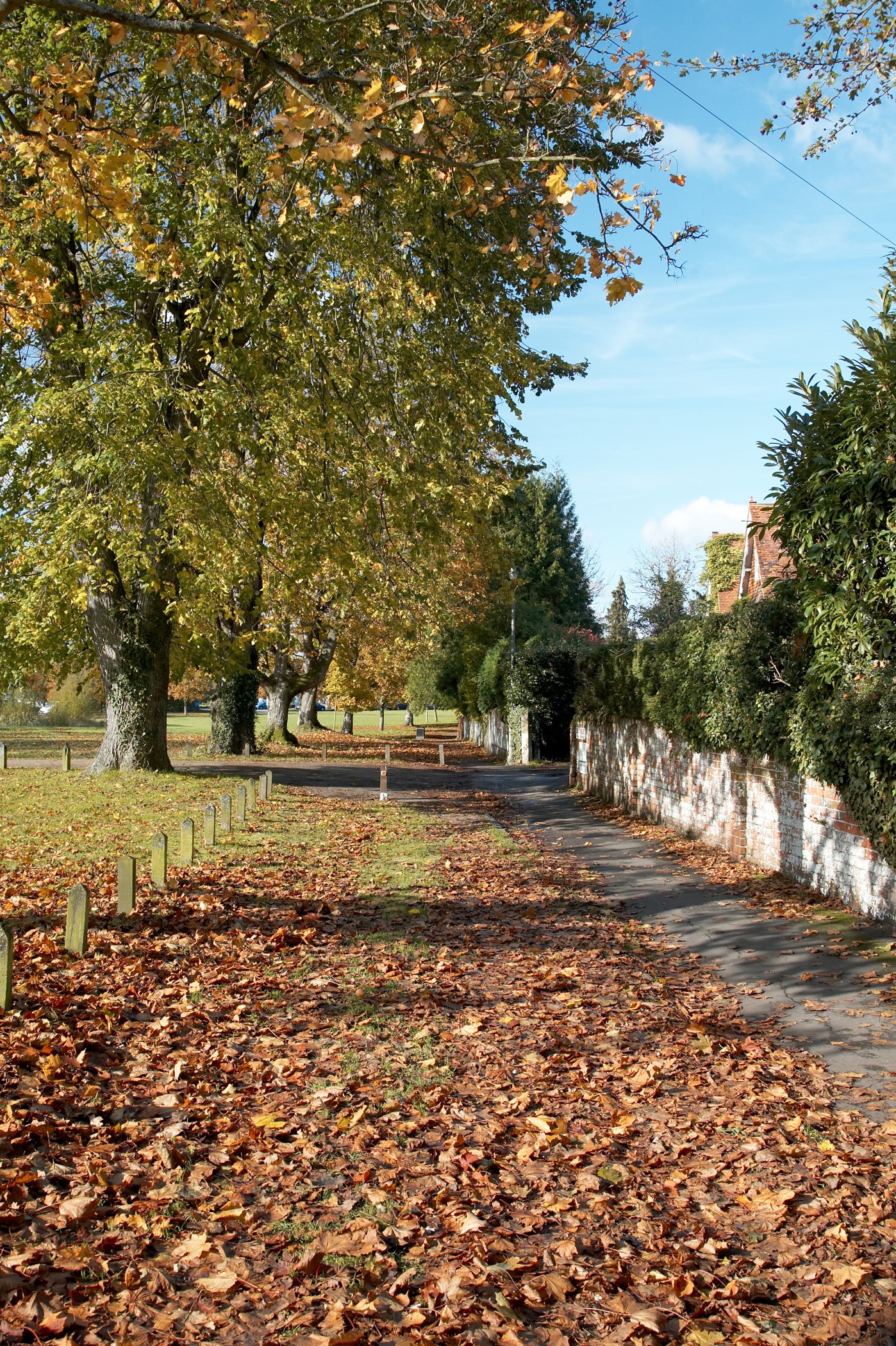 how.
how.
1.4. The document answers the following key questions;
• Why is community involvement important?
• Who do we consult?
• How can you be involved in the Local Plan?
• What do we do with your comments?
• How can you be involved in planning applications?
• What other planning documents can you comment on?
[1] Planning and Compulsory Purchase Act 2004
2. Why is community involvement important?
2.1. The Waverley Borough Council Corporate Strategy 2020-2025 sets out the Council’s commitment to an open, inclusive approach to communications and decision-making. The Council wants to engage with the Waverley community, including hard to reach groups such as young people, in planning decisions. This will ensure that, as far as possible, development proposals meet the needs and wishes of local people, whether this is through the choice of sites or the type and design of development proposed, including measures to address wider impacts on infrastructure and services.
2.2. This SCI explains how you can get involved in the preparation of planning policy documents and provide views on planning applications.
3. Planning Policy Documents
3.1. As set out in the National Planning Policy Framework (para 16), plans should:
be shaped by early, proportionate and effective engagement between plan-makers and communities, local organisations, businesses, infrastructure providers and operators and statutory consultees.
3.2. Local Development Scheme explains what planning policy documents the Borough Council prepares. These are currently Local Plans and Supplementary Planning Documents (SPDs). Each has different statutory arrangements that dictate what they can cover and how they are prepared.
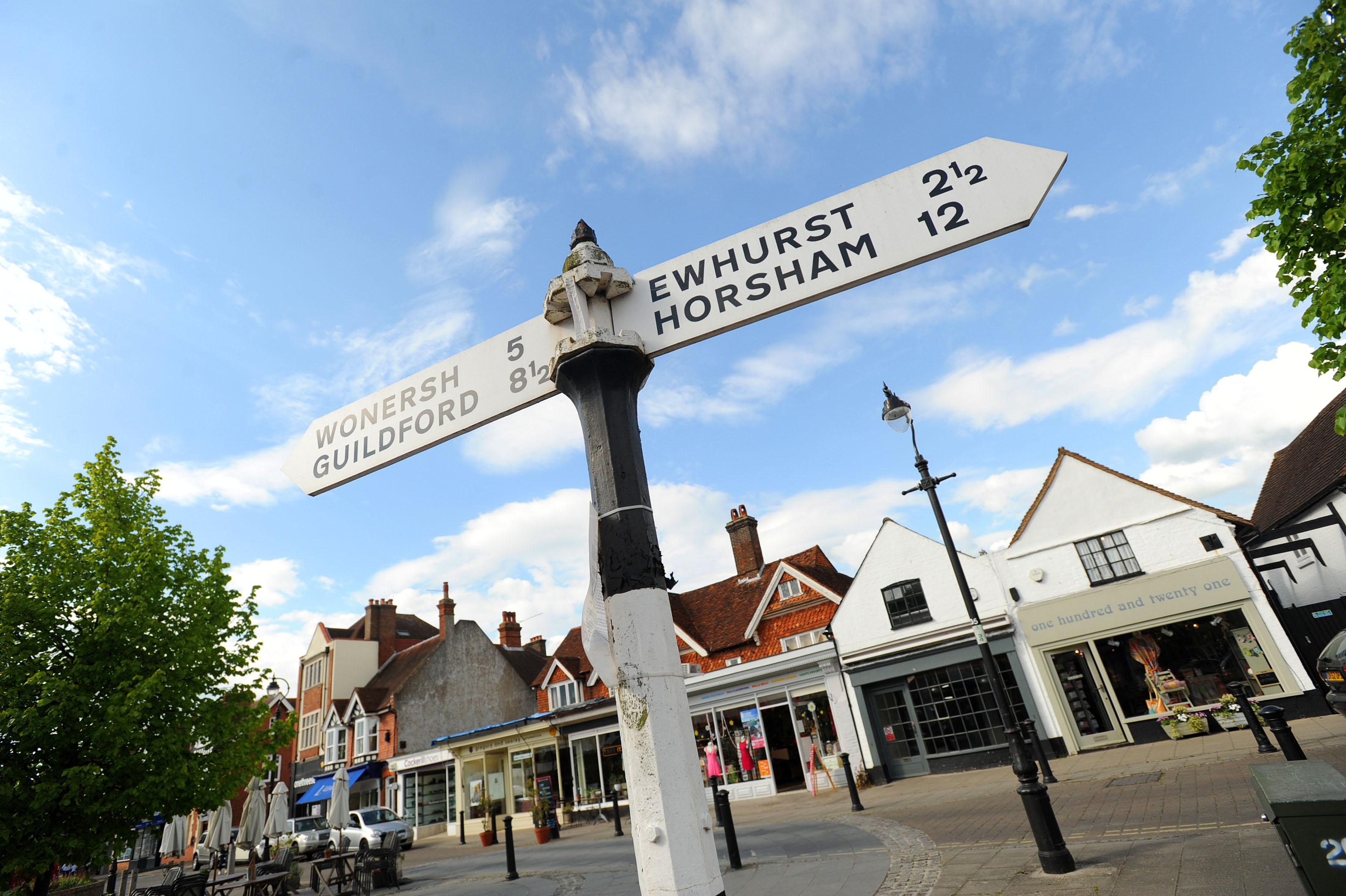 Local Plans - These set out policies that will be used to manage development within the Borough. They are consulted on by the Borough Council and examined by a Planning Inspector through a public examination.
Local Plans - These set out policies that will be used to manage development within the Borough. They are consulted on by the Borough Council and examined by a Planning Inspector through a public examination.
Supplementary Planning Documents - These provide additional guidance on policies in the adopted Local Plan. They cannot introduce new policy. Although they are consulted on by the Borough Council, they are not examined by a Planning Inspector.
3.3. In addition, the Council produces a range of other documents that may be subject to some degree of public consultation. This includes:
• A programme of Conservation Area Appraisals
• The preparation of and subsequent changes to the Councils Community Infrastructure Levy (CIL) Charging Schedule.
• The preparation of and subsequent updating of Avoidance Strategies in relation to Special Protection Areas and Special Areas for Conservation.
• The inclusion of sites on Part 2 of the Council’s Brownfield Register
3.4. The progress and success of these documents is monitored annually through the Authority’s Monitoring Report.
3.5. This Statement of Community Involvement explains the stages for producing SPDs. However, reforms introduced under the Levelling Up and Regeneration Act 2023 will replace SPDs with Supplementary Plans which will be examined and, alongside the Local Plan and Neighbourhood Plans, will form part of the statutory development Plan. Supplementary Plans (SPs) will address site-specific needs or opportunities which require a new planning framework or to act as a vehicle for setting out design codes.
3.6. In light of the planning reforms, it is unlikely that the Council will produce further SPDs. However, as set out in the Local Development Scheme, the Council intends to produce Design Codes as Supplementary Plans, with details to be confirmed when further national guidance and regulations are available. Engagement at the early stages of the Design Code process will still be undertaken in line with the SPD processes set out in section 9 of this SCI. We will provide an update to the SCI once more information is in place regarding Supplementary Plans.
The Local Plan
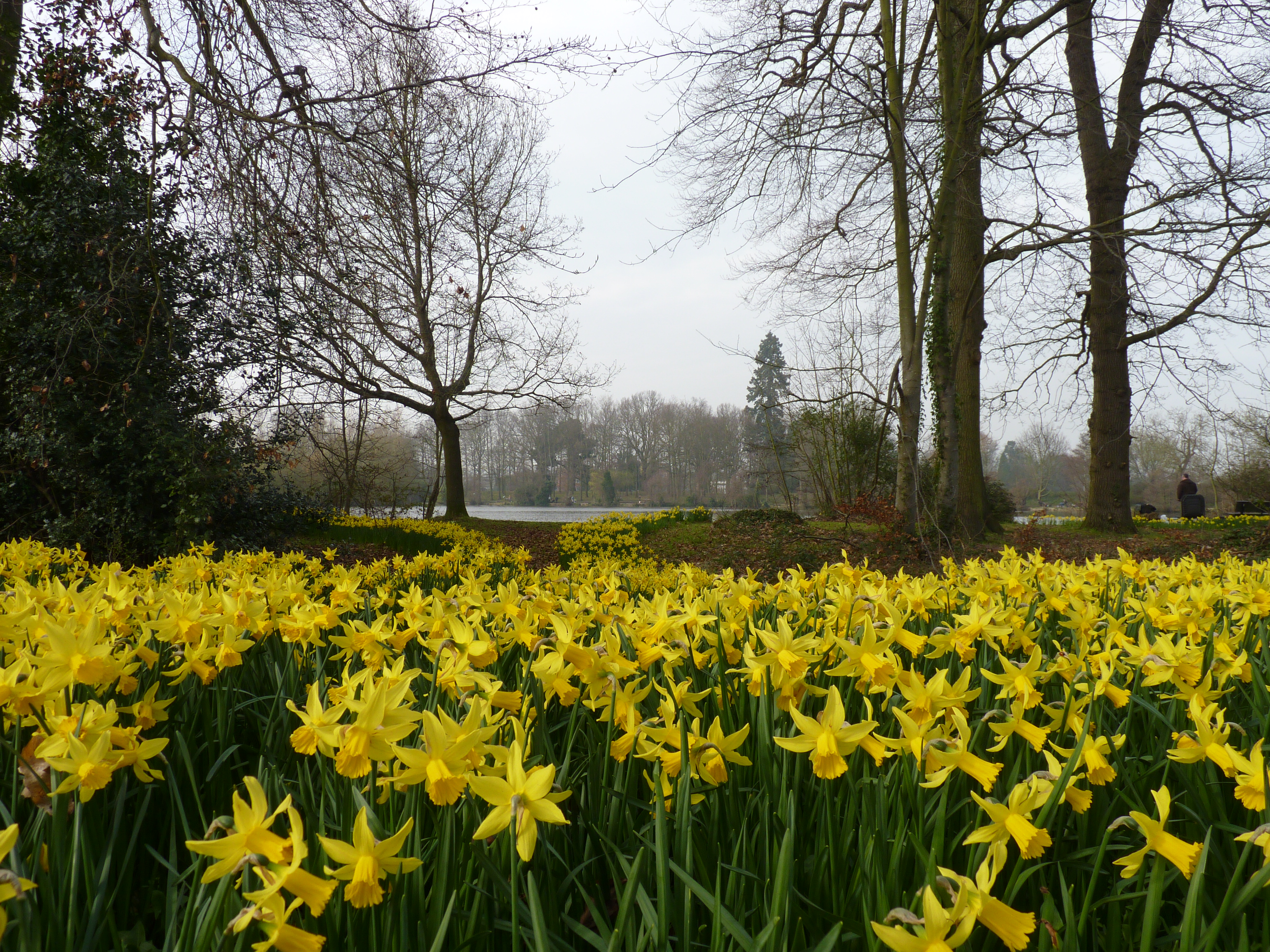 3.7. The Local Plan is central to delivering Waverley’s vision for the future. It sets out how the Borough will grow over the next 15 years (from adoption of the Plan). It includes planning policies for how much housing we need to provide as well as broad policies for land uses such as employment, town centres and transport. Planning decisions must be made in accordance with the development plan (including the Local Plan) unless material considerations strongly indicate otherwise.
3.7. The Local Plan is central to delivering Waverley’s vision for the future. It sets out how the Borough will grow over the next 15 years (from adoption of the Plan). It includes planning policies for how much housing we need to provide as well as broad policies for land uses such as employment, town centres and transport. Planning decisions must be made in accordance with the development plan (including the Local Plan) unless material considerations strongly indicate otherwise.
3.8. Every local authority is required to produce a Local Plan for its area. The current Waverley Local Plan Parts 1 and 2 guide the future development and use of land, buildings and infrastructure up to 2032.
3.9. The Waverley Borough Local Plan Part 1: Strategic Policies and Sites was adopted in February 2018 and the Waverley Borough Local Plan Part 2: Site Allocations and Development Management Policies was adopted in March 2023.The Council has begun work on preparing a new Local Plan for the period 2023 to 2043. It will involve residents, businesses and other stakeholders in line with this SCI. Section 9 outlines the stages at which you can become involved.
3.10. The Levelling Up and Regeneration Act 2023 will change the way that the Local Plan is prepared (see LDS for further detail). This SCI will be updated when new guidance and regulations are in place to implement the plan making reforms. The consultation principles set out in this SCI will continue to guide the Council’s approach to community involvement under the new plan making system.
Neighbourhood Plans
3.11. In 2011, the Government introduced the option for a Parish or Town Council or a Neighbourhood Forum to prepare a Neighbourhood Plan.[2] A Neighbourhood Plan must undergo a local referendum prior to being ‘made’. Once made it would form part of the Development Plan.
3.12. There is scope for a neighbourhood plan to make site allocations to meet all or part of the housing need for the neighbourhood area, as identified in the Local Plan. Neighbourhood Plans cannot promote less development than is set out in the Local Plan, but they can promote more.
3.13. Several parishes and towns have taken up this opportunity to develop their own neighbourhood plan and there are several currently being prepared. The following Neighbourhood Plans have been made:
• Alfold Neighbourhood Plan
• Bramley Neighbourhood Plan
• Chiddingfold Neighbourhood Plan
• Ewhurst and Ellens Green Neighbourhood Plan
• Farnham Neighbourhood Plan
• Godalming and Farncombe Neighbourhood Plan
• Haslemere Neighbourhood Plan
• Witley Neighbourhood Plan
 3.14. The approach taken to engaging and involving local residents, business and other stakeholders is a matter for the Parish or Town Council, who are not bound to follow the provisions of this SCI. As local communities are responsible for the development of these plans, it is up to them to decide how they involve people and undertake any consultation. However, the Borough Council does have some statutory functions regarding the development of Neighbourhood Plans, which are set out in the Neighbourhood Planning (General) Regulations 2012.[3] These include publicising the intention to produce a Neighbourhood Plan on its website[4] , undertaking consultations when the NP is submitted, facilitating the examination and publishing the examiner’s report.
3.14. The approach taken to engaging and involving local residents, business and other stakeholders is a matter for the Parish or Town Council, who are not bound to follow the provisions of this SCI. As local communities are responsible for the development of these plans, it is up to them to decide how they involve people and undertake any consultation. However, the Borough Council does have some statutory functions regarding the development of Neighbourhood Plans, which are set out in the Neighbourhood Planning (General) Regulations 2012.[3] These include publicising the intention to produce a Neighbourhood Plan on its website[4] , undertaking consultations when the NP is submitted, facilitating the examination and publishing the examiner’s report.
3.15. The Council also has a duty to provide technical advice and support to communities producing a neighbourhood plan. The level of support will depend on budgetary and staffing constraints.
[2] Localism Act 2011 paragraph 113
[3] These regulations can be viewed at http://www.legislation.gov.uk/
[4] Applications for the designation of a neighbourhood area are listed on the Council’s website at ‘Neighbourhood Planning’.
4. Who do we consult?
4.1. There are certain organisations that the Council has a statutory duty to consult. When developing Local Plans, regulations state the types of groups that must be included in consultation processes. They are grouped into ‘specific’ and ‘general’ consultation bodies (See appendix 1).
4.2. Specific bodies are those organisations the Council is required to consult on all planning policy documents. They include organisations such as the Environment Agency, Town and Parish Councils, health care providers and neighbouring local authorities. Utilities companies, Surrey County Council and other service providers such as the CCGs[5] are consulted on all planning policy documents and, where necessary, planning applications.
4.3. General bodies include voluntary groups, business interests and amenity groups who may be interested to find out how the proposed policy document may affect them. Unlike specific bodies there is no definitive list of general bodies with whom the Council must consult. The Council has a large database of organisations and community groups active in the Borough, which has been developed through previous consultation exercises. It includes amenity groups, conservation bodies, local residents’ associations, disability groups, business interests, landowners and developers.
 4.4. The Council will involve these organisations and groups in the preparation of relevant planning policy documents. We will endeavour to keep the database up-to-date and will actively encourage other organisations to register their interest.
4.4. The Council will involve these organisations and groups in the preparation of relevant planning policy documents. We will endeavour to keep the database up-to-date and will actively encourage other organisations to register their interest.
4.5. In addition, the Council works closely with other local planning authorities, the County Council and other prescribed organisations with regard to strategic priorities and areas of common interest. These partnerships help us to meet our Duty to Co-operate, established by the Localism Act 2011 (which will remain in place until it is replaced by the new ‘Alignment Policy’ proposed in the Government’s planning reforms).
The Waverley Community
4.6. Waverley has a resident population of 126,600. There are also around 8,000 businesses [4.6], and many local interest and residents groups. It is important to understand who the local community is in order to ensure that we engage and consult in the most effective way, and that the views received are representative of the community as a whole. Other interested parties may also include residents or businesses in neighbouring authorities.
4.7. Hard to Reach Groups: Waverley recognises that certain groups in society have specific needs or have less chance than others to get involved and are therefore under-represented in the planning process. In Waverley such ‘hard to reach groups’ may include young people, elderly people, rural communities, people on low incomes, people with disabilities, gypsy and traveller communities and ethnic minorities. The Council will continue to promote social inclusion by actively seeking to involve ‘hard to reach groups’ in the planning process.
4.8. Individuals: Waverley intends to keep individuals who have registered an interest on the Waverley Planning Service database involved at each stage of the process. We will raise awareness about the preparation of new planning policy documents through a range of activities including updates on the Council’s website and social media pages. Individuals can register an interest in the preparation the Local Plan in writing, by e-mail and through the through the Council’s planning policy consultation hub at https://planningwaverley.commonplace.is/
4.9. Businesses: It is important to recognise that it’s not just residents that make up our community. The Borough’s many businesses located in the town and village centres and industrial estates, all make a significant contribution to the local economy. Some 30% of the people that work in the Borough commute from other areas. We also have a high proportion of people who work from home and a high number of micro businesses that employ less than 10 people.
4.10. There is also a strong voluntary and community sector that provides a number of valued services across Waverley. These organisations are important in delivering services to local people and, as such, are a key consultee on planning issues.
[5] Clinical Commissioning Group
[6] Waverley's Economic Development Strategy 2018 - 2032
5. Waverley’s Approach to Consultation on the Local Plan
5.1. Waverley recognises the different individuals and groups that make up its community, their differing needs and expectations, and the various roles they perform. There is no ‘one size fits all’ and the methods of engagement may need to be tailored to maximise their opportunities to influence the way in which their local area should develop.
5.2. As a minimum for all public consultation on the Council’s draft planning policy documents we will normally email or write (depending on 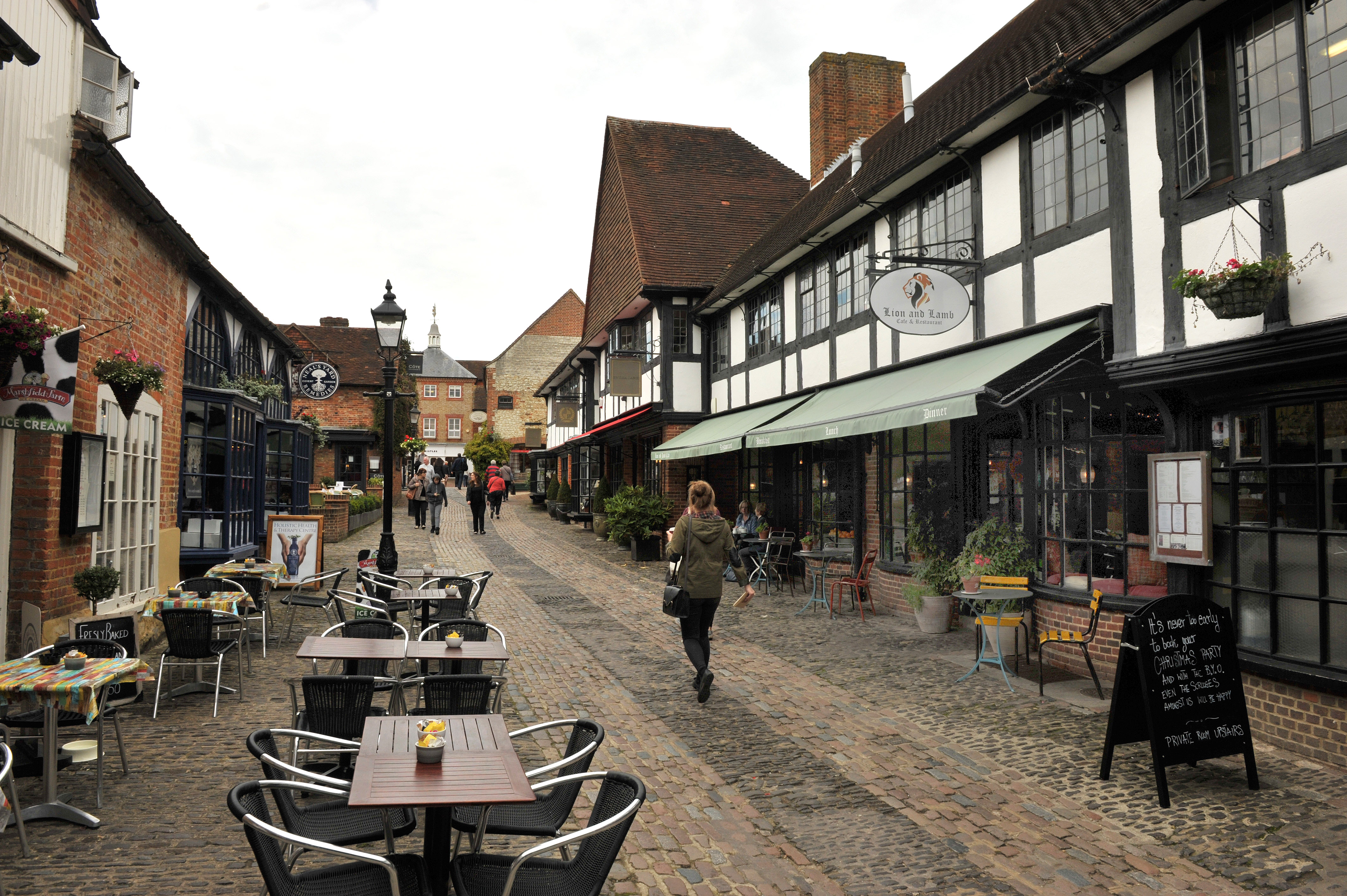 stakeholder preference) to the relevant consultees on our database, issue a press release, post notices (if required) and other information on our website and consultation platform CommonPlace. For development plan documents we may have exhibitions or drop-in sessions or online webinars.
stakeholder preference) to the relevant consultees on our database, issue a press release, post notices (if required) and other information on our website and consultation platform CommonPlace. For development plan documents we may have exhibitions or drop-in sessions or online webinars.
5.3. Whilst involvement in the preparation of planning policy documents is open to everyone, the Council will try to target consultation towards those most likely to be affected, for example by holding events in particular areas.
5.4. All documents will be available on our website, at the Council Offices and in most cases at all local libraries. We will also use social media sites, such as Facebook, Twitter and Nextdoor, if appropriate.
5.5. In order to maintain high standards of customer service and continually improve engagement with the community, we will use the following principles:
 Make it relevant
Make it relevant
• Focussing on issues that matter to particular groups
• Explaining the role of planning and the way in which people can have an influence
Avoid consultation overload
• Maintaining our planning service database to keep it as up to date as possible, and making it accessible to allow consultees to update their own records
• Ensuring regular information on what we are doing is provided through the website, social media, press articles and Council newsletters
• Joining up with other consultation events whenever possible and using the results of other consultations as evidence
 Make it readable and easily accessible
Make it readable and easily accessible
• Providing clear and jargon free consultation materials
• Recognising the importance of the internet in improving accessibility to information but also its limitations for consulting with some groups or individuals
Give you the information you need, when you need it
• Informing all bodies and individuals on the Waverley Planning Service database, including all specific and general consultation bodies, that the draft and associated documents are available for consultation
• Providing documents for inspection at the Council Offices and public libraries
• Providing the abi lity to respond online via the Planning Policy consultation portal
lity to respond online via the Planning Policy consultation portal
• Publishing all documents on the Council’s website
• Asking Town and Parish Councils if they can place notices on their community notice boards in the Borough giving information on consultations
• We may consider issuing a press release to publicise the consultation
• Using social media such as Twitter, Facebook and Nextdoor, to give publicity to forthcoming/ongoing consultations
• Using other events or publications, where available and appropriate, to publicise any consultation, including attending local community group meetings on request
Provide feedback
• Publishing consultation statements following all consultations
• Publishing reports following any research
• Waverley’s Authority’s Monitoring Report (AMR) also provides feedback through policy analysis and assessment, allowing people to see whether specific policies are working in practice
 Be clear about what we will do and what we will not do
Be clear about what we will do and what we will not do
• We will not accept any anonymous or confidential responses
• We will make all responses publicly available whilst complying with data protection requirements in relation to personal/sensitive data
• It is unlikely that we will be able to take account of consultation responses received outside the prescribed consultation period.
• We will not accept any responses which are considered to be offensive or prejudiced
• We will not provide individual responses. A generic consultation statement will address any issues raised
6. What do we do with your comments?
6.1. What you think matters; we will try to take account of this in the documents that we produce and the decisions that we make. We do have to make some very difficult decisions at times and have to follow planning law and Government guidance. There are certain things that we can’t change or influence and we will let you know when this is the case
6.2. When submitting comments on a planning document, it is important that you make comments that are relevant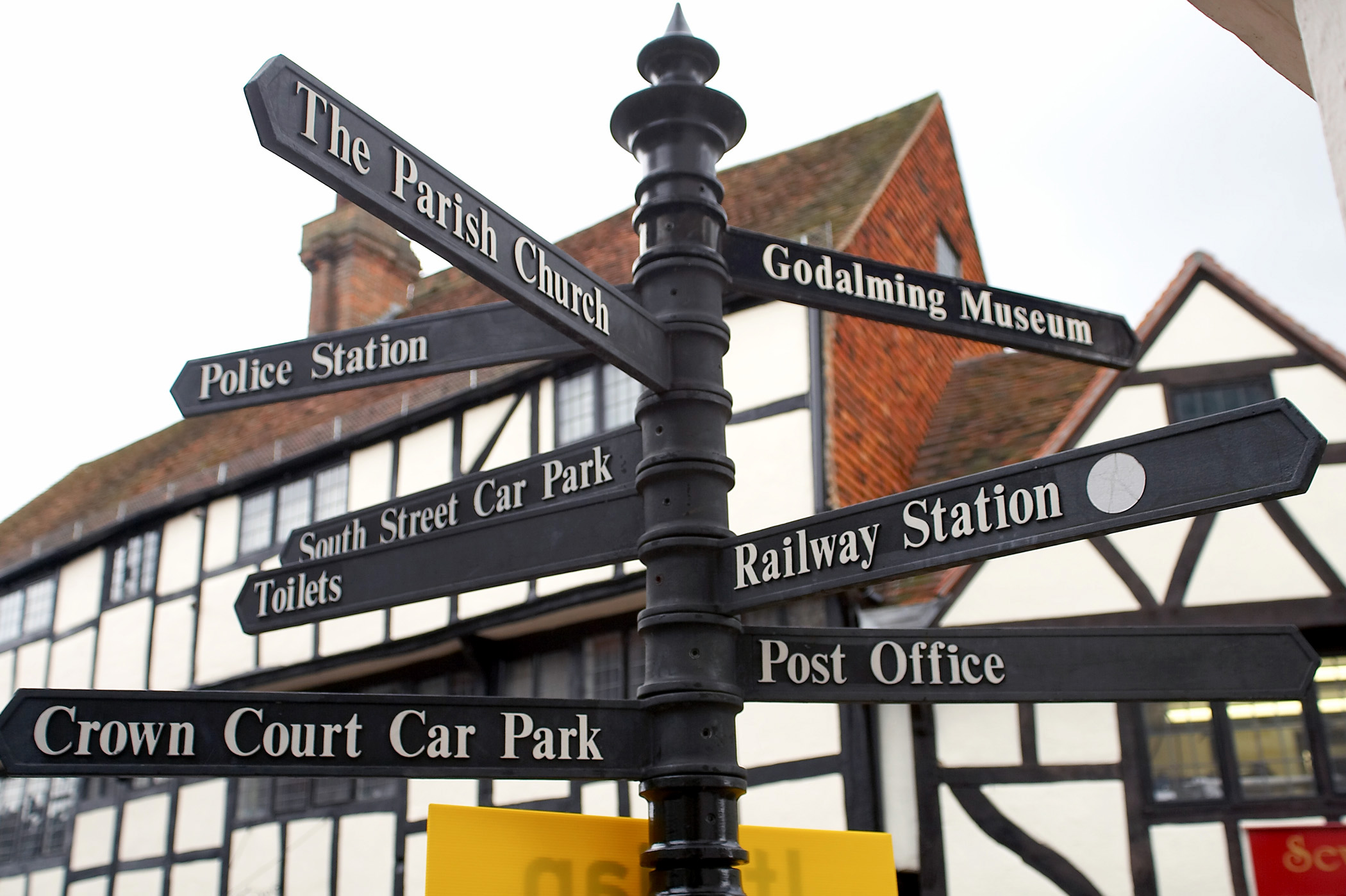 to the question being asked, or to the section that you are commenting on, so that we can analyse your views in the most effective way.
to the question being asked, or to the section that you are commenting on, so that we can analyse your views in the most effective way.
6.3. The General Data Protection Regulations (2018) provide strict rules on how we deal and store your personal information that accompanies any comments you may make on any planning issues. The Council’s Privacy Notice for Planning Policy Consultations sets out how we will use the information you provide us when engaging in a planning policy consultation.
7. How do you find out what difference your comments have made?
7.1. If your comments relate to a planning policy document, such as the Local Plan, we will prepare a Consultation Statement setting out how and why the comments made during the consultation have either been taken on board and influenced the final document or have not been considered as appropriate for inclusion. This will deal with the broad themes of consultation responses rather than responding to individual representations. This document will be placed on the Council’s website.
8. Preparing Local Plans and Supplementary Planning Documents (SPDs)
8.1. All planning policy documents are required to be based on evidence. The evidence used in preparing a plan includes ‘hard’ statistical evidence such as census data, population projections, housing and accommodation needs, land supply and economic growth expectations. In addition ‘soft’ data can also be used to inform planning documents. This includes feedback from residents, businesses and other interested parties about needs and aspirations.
 8.2. In addition, the Council needs to ensure that polices are compatible with national policy as set out in the National Planning Policy Framework. The Council must balance the need to ensure that its policies not only take account of local opinion, as far as possible, but that they are justified by the empirical economic, social and environmental evidence whilst being consistent with national policy and guidance.
8.2. In addition, the Council needs to ensure that polices are compatible with national policy as set out in the National Planning Policy Framework. The Council must balance the need to ensure that its policies not only take account of local opinion, as far as possible, but that they are justified by the empirical economic, social and environmental evidence whilst being consistent with national policy and guidance.
8.3. Producing Local Plan documents currently involves four key stages. The diagram at Section 9 overleaf illustrates the key stages in the plan making processes which are:
1. Preparation
2. Production/ Publication of final draft document
3. Submission and examination
4. Adoption
8.4. Each of these stages is discussed in the next section detailing what the Council will do to engage people.
Sustainability Appraisal
8.5. Throughout this process the Council is required to assess the social, environmental and economic implications of planning policies and proposals. This is currently undertaken through a Sustainability Appraisal. The planning reforms will replace this with a streamlined Environmental Outcome Report. Further guidance and legislation is needed on how this will be carried out. In undertaking a Sustainability Appraisal or (subject to further guidance) an Environmental Outcome Report, the Council will:
• Consult stakeholders, including the Environment Agency, Natural England and Historic England on the scope of the appraisal. It is only required to consult these bodies on the scoping document, which defines the parameters of the appraisal across a number of aspects.
• Consult key stakeholders and the public as part of public participation in the preparation of a Development Plan Document
• Undertake public consultation on the final Sustainability Appraisal or Environmental Outcome Report which supports the Proposed Submission Local Plan.
9. Current processes for preparing a Local Plan and Supplementary Planning Documents

Stage 1: Preparation
9.1. This stage applies to Local Plans and Supplementary Planning Documents.
What this stage involves
9.2. This stage involves the launch of the process of preparing a new Local Plan and the gathering of evidence and identification of the main issues relating to the document’s purpose. This is where the process of engaging with residents, businesses, service providers, utilities and all other stakeholders will begin. This stage also involves considering and consulting on the vision and objectives of the Local Plan and considered options and alternatives, leading to the development of the plan that is published at Stage 2.
How you can be involved
9.3. The early stages of plan preparation and consultation are the best time to be involved in the plan making process, as your comments and views help the Council build a clear understanding of the key issues facing stakeholders and communities, and support the Council in setting the policy direction of the proposed plan.
9.4. The methods used in engaging stakeholders will depend on the type of document being produced, the target audience and the Council’s resources. Legislation does not set out how the Council should approach early engagement and any approach taken by the Council will be governed by the amount of financial and staff resources available. The Council will seek to use the most effective approach both in terms of cost and outcome.
9.5. The following list details some of the activities and methods we will consider using. It is not exhaustive; nor does it represent a list of activities that will be used in every instance or type of document. All engagement activities being undertaken will be published on CommonPlace which can be accessed via the Council’s website. CommonPlace is the Council’s consultation and communications platform for the preparation of the new Local Plan and Design Codes.
9.6. Public consultations will run for six to eight weeks for the Local Plan and for six weeks for SPDs. It may involve:
Providing information:
• Information on the Local Plan pages of the Council’s website
• Press releases to local newspapers and magazines
• Public exhibitions
• Publication and distribution of posters, fliers and promotional leaflets, using the Town and Parish Councils to raise awareness
• Articles in appropriate Council newsletters
• Present information at public events where appropriate
• Recorded presentations to be shared on the Council’s website and social media channels
Consultation:
• Online surveys and questionnaires
• Letters/emails sent to stakeholders on the Council’s consultation database
• Using the Council’s online consultation portal
• Surveys of the Council’s Citizens panel when appropriate
Involvement:
• Community planning workshops
• Stakeholder focus groups
• Meetings with community groups and other key stakeholders, such as Town and Parish Councils
• Many of the above activities are also dependent on timing. If the consultation or early engagement exercise falls within the timeframe of a Town and Parish Forum or a Planning Agents forum , then it will be possible to use these to support any consultation or engagement activity being undertaken.
Stage 2: Production/ Publication of final document
9.7. This stage applies to the Local Plan and Supplementary Planning Documents.
What this stage involves
9.8. In the case of a local plan, the Council will publish the plan that, in its view should be the final version. Any changes to the adopted policies map or key diagram [7] will also be published if necessary.
9.9. In the case of a Supplementary Planning Document, a final version will be produced and presented to the Council for adoption (see Stage 4). There is no scope to make further comments on a Supplementary Planning Document at that stage.
How you can be involved
9.10. The published local plan document will be subject to consultation for 6 weeks. This consultation stage is a statutory requirement [8]. The way in which you respond becomes much more formal at this stage. Representations can only relate to whether it has been prepared in accordance with the relevant legal and procedural requirements, and whether it is considered to be ‘sound’. As such, your representation at this stage should only make reference to these matters.
9.11. National Planning Policy Framework - Tests of soundness
Positively Prepared- providing a strategy which, as a minimum seeks to meet the area’s objectively assessed needs; and is informed by agreements with other authorities, so that unmet need from neighbouring areas is accommodated where it is practical to do so and is consistent with achieving sustainable development;
Justified- an appropriate strategy, taking into account the reasonable alternatives and based on proportionate evidence;
Effective- deliverable over the plan period, and based on effective joint working on cross-boundary strategic matters that have been dealt with rather than deferred, as evidenced by the statement of common ground; and
Consistent with national policy- enabling the delivery of sustainable development in accordance with the policies in this Framework
9.12. The consultation methods used will be advertised on the Council’s website and will accord with the Core principles set out in section 6. To support anyone making a representation the Council will publish guidance notes setting out clearly how representations should be made. In addition, the Council will provide an appropriate form on which representations can be made. We do prefer to have representations made via our consultation portal, but we will have paper copies of any forms available on request. Those making the representations should indicate if they would like to attend and give evidence at a public examination.
9.13. Following consideration of the comments made during the consultation, the Council will consider making minor changes in the light of comments received prior to submission. If we decide we want to make more significant changes in the light of your comments, we will re-publish and re-consult.
Stage 3: Submission and examination
9.14. This stage applies to Local Plans only.
What this stage involves
9.15. All representations made at stage 2 are then submitted to the appointed inspector together with the  document itself, and all supporting evidence used in its preparation [9]. Regulation 19 of the Town and Country Planning (Local Planning) (England) Regulations 2012 requires that general consultation bodies and specific consultation bodies are informed that the submission documents and statement of representations are available for inspection.
document itself, and all supporting evidence used in its preparation [9]. Regulation 19 of the Town and Country Planning (Local Planning) (England) Regulations 2012 requires that general consultation bodies and specific consultation bodies are informed that the submission documents and statement of representations are available for inspection.
9.16. The independent inspector will consider whether the document meets the tests of soundness set out in the National Planning Policy Framework (as explained in 10.16).
How you can be involved
9.17. The Council will publicise the examination in accordance with statutory requirements [10], giving people at least 6 weeks’ notice before the opening of any hearing session. We will let you know where and when the hearing will be held and the name of the independent inspector via letter or email. This will also be publicised on the Local Plan Examination page of our website.
9.18. The Government encourages representations to be dealt with in writing. However, if people would like to present their evidence in person, a public hearing will be held. Written representations carry equal weight to those presented orally at the examination. The inspector will decide how any oral representations will be heard, and this can take place as a round table debate chaired by the inspector.
Stage 4: Adoption
9.19. This stage applies to Local Plans and Supplementary Planning Documents.
What this stage involves
9.20. Both Local Plans and Supplementary Planning Documents need to be formally adopted by the Council before they carry any significant weight [11]. Once a Local Plan is adopted, this becomes part of the statutory Development Plan. Once a Supplementary Planning Document is adopted, this becomes a material consideration in decision making.
9.21. As part of a Local Plan examination, Local Planning Authorities may ask the Inspector to recommend main modifications to the Plan where necessary to make the Plan sound and legally compliant. The Council will then undertake a public consultation on the schedule of main modifications and any responses will be considered by the Inspector. Following examination of a Local Plan, the Inspector will produce a report with their recommendations. On receipt of the Inspector’s Report, the Council will make a copy publicly available and inform those persons who asked to be notified of its publication as soon as reasonably practicable [12]. The Local Plan will then be presented to the Council for adoption.
9.22. With regards to Supplementary Planning Documents, the Council will consider the comments made at Stage 1 and make any appropriate changes before formally adopting the document.
How you can be involved
9.23. There is no scope to comment at this final stage of the process unless you wish to legally challenge the document being adopted [13]. The application must be made promptly, and in any event, not later than the end of the six weeks from the date set out in the Adoption Notice.
[7] A policies map illustrates the policies, proposals and designations in the local plan documents. A Key Diagram shows the most strategic policy areas and broad designations.
[8] The statutory requirements set out in Regulation 19, 20, 35 and 36 of the Town and Country Planning (Local Planning) (England) Regulations 2012
[9] In accordance with statutory requirements set out in Regulation 22, 35 and 36 of the Town and Country Planning (Local Planning) (England) Regulations 2012
[10] The statutory requirements set out in Regulation 24, 35 and 36 of the Town and Country Planning (Local Planning) (England) Regulations 2012
[11] The Council must adopt in accordance with Regulation 14 or 26 of the Town and Country Planning (Local Planning) (England) Regulations 2012
[12] In accordance with statutory requirements set out in Regulation 25, 35 and 36 of the Town and Country Planning (Local Planning) (England) Regulations 2012
[13] Any aggrieved person can make an application to the High Court under Section 113 of the Planning and Compulsory Purchase Act 2004 on the grounds that the document is not within the appropriate power or that a procedural requirement has not been complied with.
Default
10. What other planning documents can you comment on?
10.1. The Council is also responsible for the preparation of other planning documents outside the statutory Local Plan relating to the future development of the Borough. These include Conservation Area Appraisals, the Community Infrastructure Levy and Avoidance Strategies for Special Protection Areas and Special Areas for Conservation and the Brownfield Register. Depending on the subject matter, the Council will engage with local residents, communities and organisations where it is deemed appropriate.
11. How can you be involved in Planning Applications?
11.1. For many people, the most visible impact of the planning system is the delivery of development through planning applications. Applications for planning permission are determined in accordance with the policies and proposals of the statutory development plan for the area unless there are other material considerations that justify departing from these policies. Whenever an application is determined contrary to the provisions of the development plan, there should be specific and justified material considerations for doing so. Community involvement in considering planning applications can be an important means of identifying other material considerations. Community involvement can also help shape proposals so that they are more acceptable and appropriate to the area where the development is occurring.
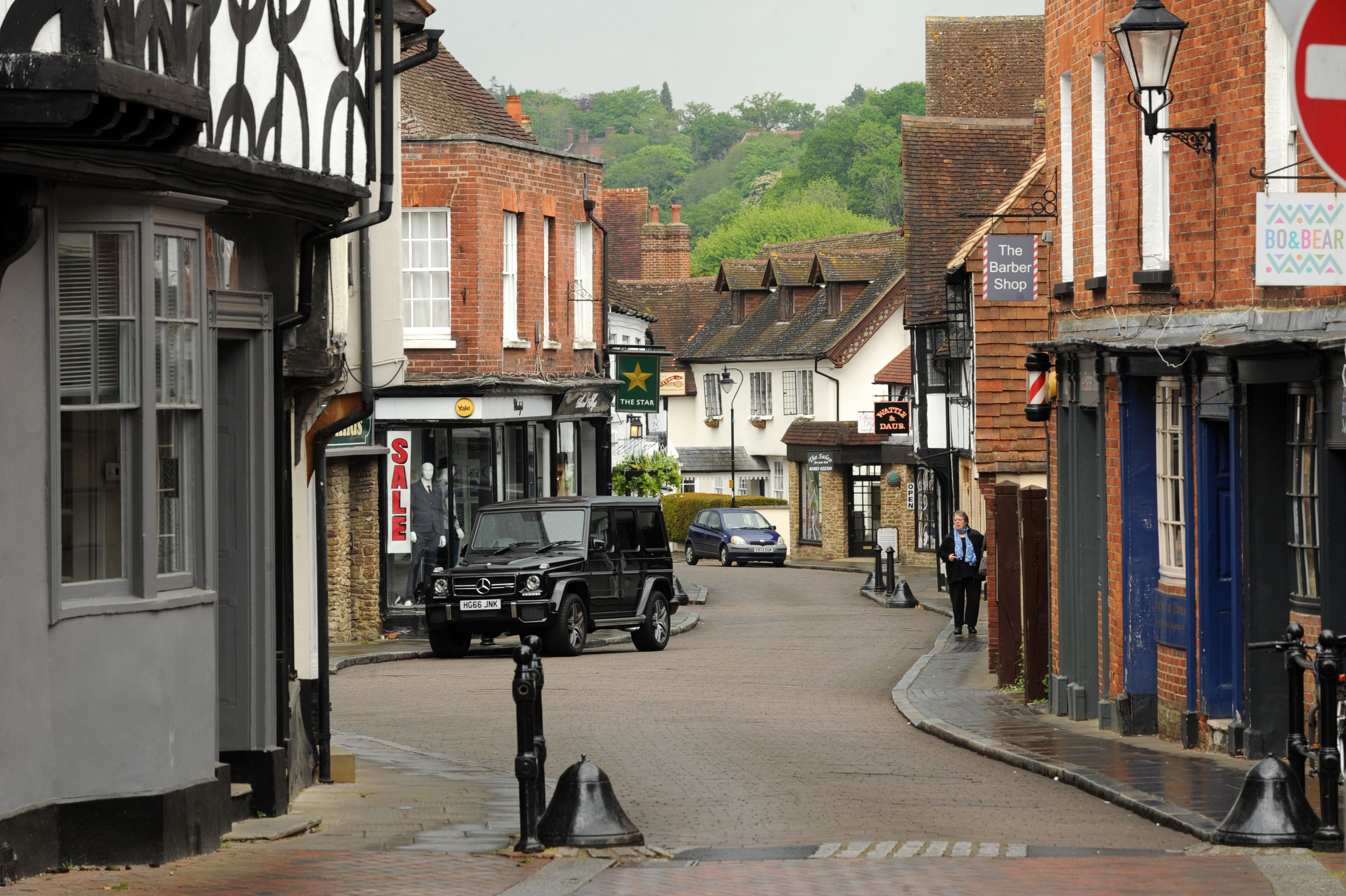 11.2. There are four main stages in the Development Management Process:
11.2. There are four main stages in the Development Management Process:
• Pre-application
• Planning applications
• Appeals
• Enforcement
The following provides an overview of the Council’s publicity and consultation arrangements for these four elements of Development Management.
General advice and assistance
11.3. Detailed information on the Council’s Planning Service is available on our website, on the Planning and Building Regulations home page. Information about whether planning permission is required (permitted development), what has to be submitted with a planning application (the Validation and local List) and how to seek advice before submitting an application (pre application advice), is available. There is also specific advice on how to view and comment on a planning application. For those without internet access, Surrey County Council libraries have computers available for the public to use. Officers will assist you in gaining access to the information and provide advice that you may require.
11.4. The Planning Portal also provides advice and services for the public and professionals www.planningportal.co.uk. It provides information regarding the whole planning process as well as giving access to more detailed Government guidance. The government has produced Plain English Guide to the Planning System which provides an overview as to how the planning system works
11.5. Advice on tree preservation orders is set out in the government’s website.
Stage 1: The pre-application stage
11.6. The Council welcomes and encourages discussion with applicants and developers before planning applications are submitted. Receiving considered advice prior to the formal submission of a planning application can ensure that the quality of a development is improved and that certainty in the outcome can be increased for the applicant. Applicants or developers are encouraged to consult with the community before submitting planning applications which are likely to generate public interest. Early discussions on these proposed schemes with the local community and relevant organisations and groups, before they are finalised and put together and submitted as an application, benefit local communities as well as helping applicants identify areas where improvements or change might be beneficial to their proposal.
11.7. Whilst there is no statutory requirement for the Council to engage with the community at the pre-application stage on pre-application schemes, paragraphs 39 to 46 of the National Planning Policy Framework (NPPF) state that early engagement has significant potential to improve the efficiency and effectiveness of the planning application system for all parties, and that good quality pre-application discussion enables better coordination between public and private resources and improved outcomes for the community. Entering into a Planning Performance Agreement with the Council provides an opportunity for identifying the preferred approach to community engagement.
11.8. For very large scale developments, subject to the appropriate fee and at the discretion of the Executive Head of Planning Development, Development Forums may be organised and held to allow the developer to present their proposal and for interested parties to express what they believe to be the key issues to be addressed in any planning application. In some cases, the consultation with the community prior to submitting an application for certain developments is compulsory under the Localism Act.
11.9. Applicants are especially encouraged to liaise early with infrastructure providers (i.e. water/electricity/gas) for new developments at the pre-application stage.
Stage 2: The planning application stage
11.10. Opportunities for formal community involvement occur when applications are lodged, regardless of any pre application process that has occurred.
11.11. It is at this point when the majority of residents first become involved in the planning system, 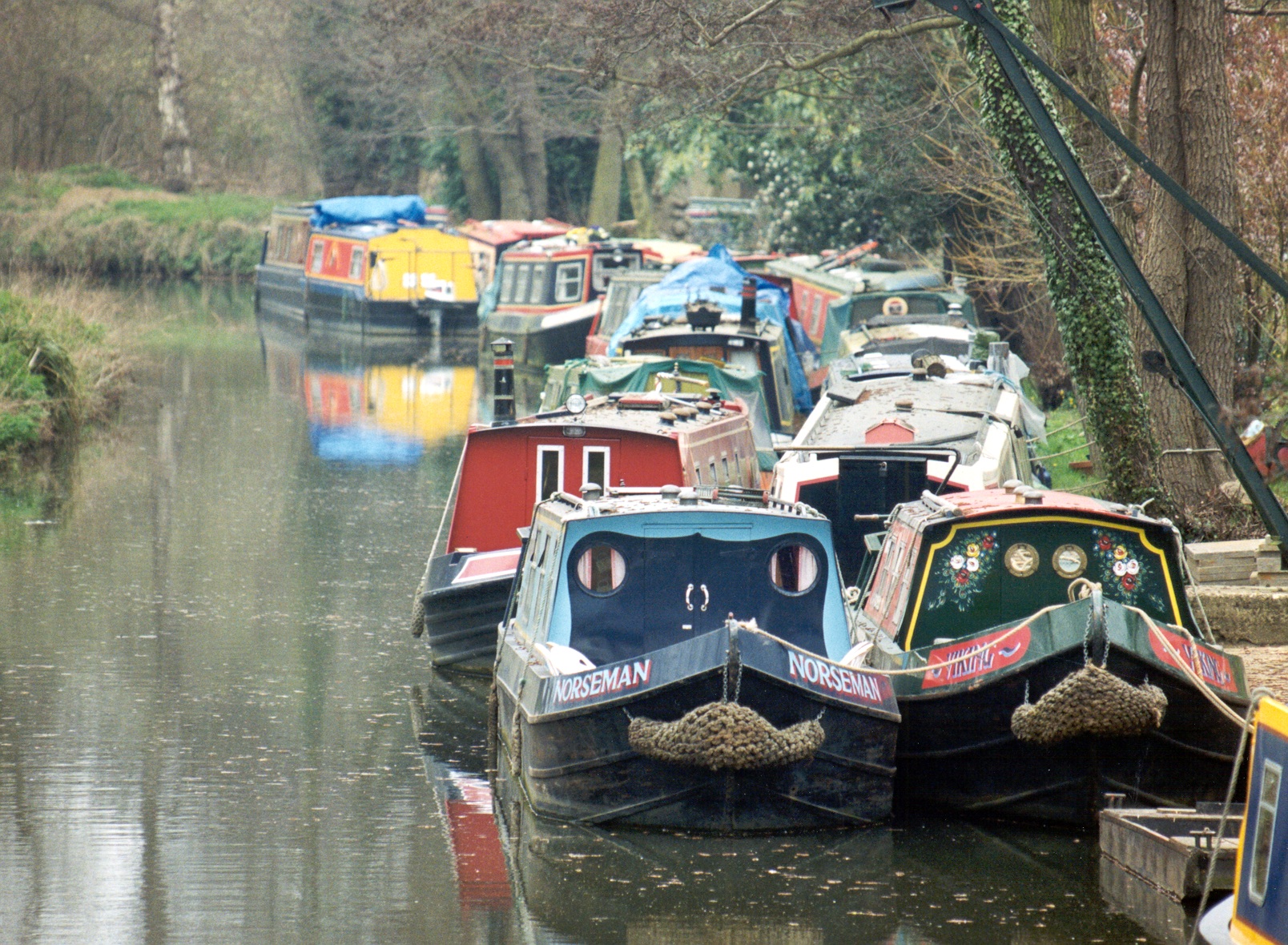 especially if the proposed development affects them directly. All planning applications are checked to ensure that necessary plans and details are provided to enable the application to be determined. When an application has been validated, neighbours (those occupying properties that adjoin the application site) are notified by letter. Consultees are also notified (as relevant depending on the nature of the application). All applications are placed on the Council’s website for public view. Full details of notification undertaken are provided at Appendix 2.
especially if the proposed development affects them directly. All planning applications are checked to ensure that necessary plans and details are provided to enable the application to be determined. When an application has been validated, neighbours (those occupying properties that adjoin the application site) are notified by letter. Consultees are also notified (as relevant depending on the nature of the application). All applications are placed on the Council’s website for public view. Full details of notification undertaken are provided at Appendix 2.
11.12. The minimum requirements for publicising and consulting on planning applications are set out in the Town and Country Planning (Development Management Procedure) (England) Order 2015. We comply with the minimum requirement in all cases, in most cases we exceed this to ensure that our communities are as involved as possible. Irrespective of how the community hear about a proposal, anyone can submit comments on an application. The notification letter and, where relevant, the site notice and press advertisement explain where the planning application can be viewed.
11.13. Comments are invited on planning applications for a period of 21 days, which is a statutory period set out by government. All comments received prior to the determination of an application, even if outside of the 21 day publicity period will be taken into consideration. In most cases a site notice is also provided, and this will be displayed for 21 days. When comments are submitted on planning applications through the website the name and address of the individual are also published.
11.14. There are also statutory consultees that need to be notified on specific planning applications.
11.15. The requirements for advertising and consulting on planning applications are set out in the Town and Country Planning (Development Management Procedure) (England) Order 2015 (as amended). As well as meeting these statutory requirements, the Council has a well-established process for publicising planning applications. These include:
• Letters to residents/businesses/properties immediately adjacent to the red line of the application site for most types of applications
• Letters to statutory organisations and interest groups
• Site notices (under certain circumstances)
• Newspaper adverts, where required
• A weekly list of applications is sent to the local papers for them to publish at their discretion and also sent to libraries and put on the website
• A copy of the weekly list is sent to the relevant Parish and Town Council - who may display lists of local applications on their own notice boards
• Planning applications with plans uploaded on the web to enable online consultation and tracking
• People signing up for alerts to applications via twitter
• Interactive Waverley Planning maps on the website which allows searching for recent applications in an area.
11.16. Applications, including all of their supporting information, are made available online. Comments can be made in writing direct to the Council through the online consultation option or via e-mail to planconsult@waverley.gov.uk. We will also accept comments made in letter format. There is information regarding how to comment on the reverse of the neighbour notification letters and on our website How to view and comment on planning applications. Unfortunately, due to the volume of representations that are received, we do not provide acknowledgements. It is a requirement for any comments that you wish to be considered to be published on the website. The Planning Privacy Notice sets out how the information you provide to the Council will be used.
11.17. Full consideration will be given, and due weight attached, to the views of the community and stakeholders. The comments received and additional information, including the officer report (which includes a summary of comments received), are published on the website so that anyone can view the information upon which a decision is made.
Stage 3: The decision stage
11.18. Whilst a planning application is determined primarily against the Development Plan and National policies, material consideration is also given to:
i. Representations of objections and support
ii. Advice from external specialists such as Natural England or Historic England
iii. Government guidance
iv. Comments from Town and Parish Councils
v. Any other material consideration
The planning case officer assessment of the application will be based on the above and their judgement on the impact the proposed development will have. The publicity requirements mean that we will not receive all the relevant views until about a month after the council register the application and this will be longer in some cases.
11.19. The council will determine planning applications on the information submitted. There may however be some circumstances whereby, at the discretion of the council, amendments can be accepted prior to a determination to resolve outstanding issues. In these instances, the case officer will provide the necessary time in order to provide the applicant with an opportunity to amend the application depending on the degree of change. Under no circumstances should applicants amend an application following a consultation response they have read online.
11.20. Where the Council receives significant amendments to a current planning application, that it can accept, it will re-publicise the application making it clear that amendments to the application have been proposed.
11.21. Following a review and analysis of all the information and submissions to a development proposal, a report is prepared on the acceptability of the development. The decision on whether to grant planning permission is made either under delegated powers by the Executive Head of Planning Development, which will be the case for majority of applications, or by the Planning Committee. In cases where applications are to be considered by the Planning Committee, those who have already made written comments on the application can request to address the Committee at the relevant meeting.
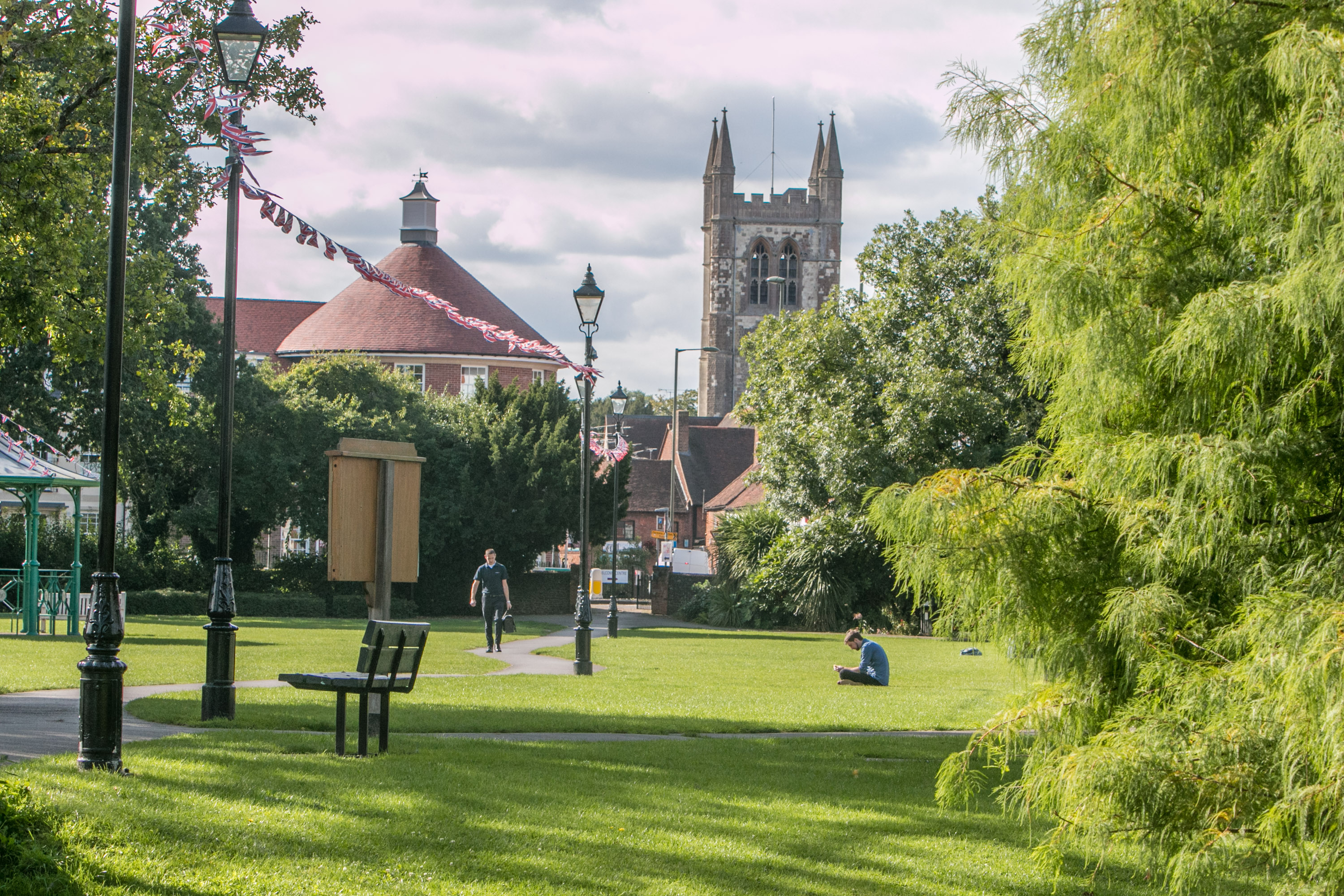 11.22. A councillor can, however, in accordance with the scheme of delegation request that an application that would normally be dealt with under delegated powers, be reported to Planning Committee for the decision to be made.
11.22. A councillor can, however, in accordance with the scheme of delegation request that an application that would normally be dealt with under delegated powers, be reported to Planning Committee for the decision to be made.
11.23. Once the decision is issued on planning applications the decision notice and the officer report are available to view online.
11.24. The Town and Country Planning (General Permitted Development) (Amendment) (England) Order 2015 introduced a prior approval arrangement for certain development with a statutory requirement being placed on the Council to serve notice on any owner or occupiers of adjoining properties and give them a minimum of 21 days to object. These prior approval notifications introduce a new procedure differing from that for planning applications.
The Planning Committee
11.25. Planning Committee meetings are open to the public and are usually viewable online as a webcast. The agenda showing the applications is available online to view before the meeting and will include the officer’s report and recommendation. There may be further written or oral reports at the meeting. For any application that will be determined by a Committee, the application may be subject to public speaking where there are a certain number of objections or support received. See the Public Speaking Scheme on the Councillors and democracy page of the website for details. Details regarding how planning committees are conducted, access to previous and current agendas and minutes can be found on this page too.
11.26. Due to the amount of correspondence received, we do not individually notify people about the decision on a planning application that they have made representations on. Instead, decided applications can be viewed on the website either under the particular application, by looking at recently decided applications, or through the Minutes of the Committee meeting.
Stage 4: The post application stage
11.27. Applicants have the right to appeal against the refusal of a planning permission non determination within the statutory period, or against a condition attached to a planning permission to the Planning Inspectorate. There is no third-party right of appeal (i.e. for those who objected to a planning application). The Council will contact all those who made representations during the application to notify them of the appeal and, for some types of application, the Planning Inspectorate will invite further comments. All views are taken into account during an appeal. The Planning Inspectorate will inform the Council and objectors of the outcome.
11.28. The appeal decision will be available on the website once the Council is notified. It can be viewed either under the particular application record or by selecting the recently appealed application information.
11.29. The planning portal website contains information on how the appeal process works and includes a range of downloadable leaflets and appeal information from the Planning Inspectorate. Planning Portal - Appeal Guidance.
12. Planning Enforcement
12.1. There will be occasions when individuals, companies or organisations may carry out work or use land or buildings in ways that may give rise to concerns that they may not have the necessary planning permission or that conditions of the planning permission are not being complied with. The Planning Enforcement team investigates potential breaches of planning control.
12.2. To lodge a complaint see the How to report a breach in planning page on our website. Some people may be reluctant to lodge a complaint because of fears regarding potential confrontation. However, the identity of the complainant is kept confidential.
12.3. Waverley undertakes to keep the complainant updated on what is happening during the investigation of the complaint and the final outcome. However, public access to complaint investigation information can be restricted for legal reasons. If formal enforcement action is taken then the Enforcement Register, which is a public document, can be inspected.
12.4. Sometimes interested parties may be contacted for their input, such as any information they have regarding existing uses. For more details on the Council’s approach to enforcement you can review the Local Planning Enforcement Plan.
13: How well are we doing?
13.1. The Government recommends assessing resources for managing community involvement. Involving the community during all planning processes has time, staff resource and funding implications and must be a key consideration when planning any form of engagement or consultation.
13.2. Therefore, whilst Waverley is committed to providing a high-level service to the community making sure everyone has the opportunity to be involved in the planning process, the Council will look to achieve this in the most resource efficient way. Therefore, any approach used when engaging with stakeholders will reflect the type of work being undertaken. Any non-statutory approaches used during engagement or consultation activities will also be reviewed to assess whether such an approach was effective and achieved value for money.
Appendix 1: Consultation Groups Involved in Local Plan production
Specific Consultation bodies
The council must involve the following statutory organisations in the Local Plan process. These along with the government departments listed below form the specific consultation bodies as defined in the Town and Country Planning (Local Planning) (England) Regulations 2012. These are:
• Environment Agency
• Historic England
• Natural England
• Network Rail Infrastructure Limited
• Secretary of State for Transport
• Highway Agency
• Surrey County Council- Strategy, Transport and Planning
• Other adjacent local authorities
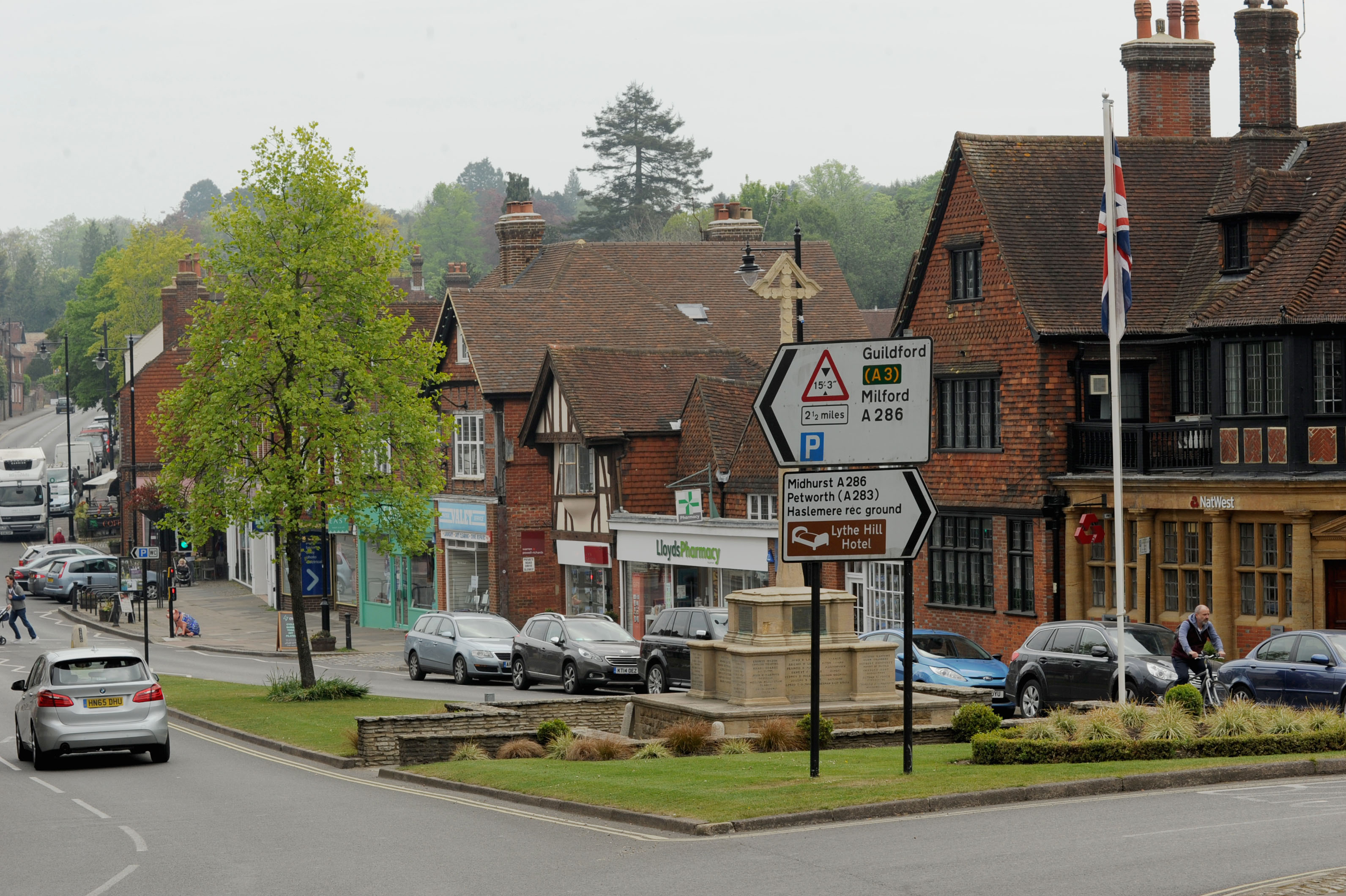 • Civil Aviation Authority
• Civil Aviation Authority
• Waverley and Guildford Clinical Commissioning Group (formerly Primary Care Trust) and North East Hampshire and Farnham Clinical Commissioning Group.
• Surrey Police
• Police and Crime Commissioner
• Relevant telecommunications companies
• Relevant electricity and gas companies
• Thames Water and Southern Water: water and sewerage undertakers for Waverley.
• Homes England
• Town and Parish Councils
General consultation bodies
• Voluntary bodies some or all of whose activities benefit any part of Waverley Borough Council’s area.
• Bodies that represent the interests of different racial, ethnic or national groups in Waverley Borough Council’s area
• Bodies that represent the interests of different religious groups in Waverley Borough Council’s area
• Bodies, which represent the interests of disabled persons in Waverley Borough Council’s area.
• Bodies, which represent the interests of persons carrying on business in Waverley Borough Council’s area.
Duty to co-operate bodies
• Environment Agency
• Historic England
• Natural England
• The Mayor of London
• Civil Aviation Authority
• Homes England
• NHS Surrey
• Office of Rail Regulation
• Transport for London
• Surrey County Council
• Highway Agency
Other Consultees
Bodies and individuals that are registered on the Waverley Planning Service database. These have been grouped and include:
• Individual Residents, residents’ associations, local strategic partnership, neighbouring parish councils, schools, community groups, societies, political parties
• Councillors- Local and County
• Local businesses, business associations, chamber of commerce, commercial companies
• Adjoining local authorities, developers, agents, planning consultants, architects, surveyors, landscape architects, housing associations
• Landowners, Estate agents (residential and commercial)
• Disabled groups, public agencies, charity organisations, voluntary organisations, care providers, health providers, leisure groups, minority groups, religious groups, sports bodies, young people, older people, faith groups, equalities, community support.
• Surrey Hills AONB Board, Environment and nature, historic groups, Conservation Area Advisory Committees
• Infrastructure providers, schools and education institutes, transport groups
• Members of Parliament
• Government Departments
Appendix 2 – Details of notification undertaken for planning applications
Type of Development | Statutory Publicity Requirement | How the Council will publicise application s |
Major Development: Residential developments involving 10 or more homes, or where the site area is 0.5 hectares or more. Other development: 1000m2 floor space or 1.0 hectares | Newspaper advertisement (14 days) and either Site notice (21 days) or Neighbour notification (21 days) | The Council will: • Publish Public Notice in newspaper • Notify neighbours with adjoining boundaries to the application site properties • Display a site notice at or near the site •Consult relevant infrastructure provider
|
Applications subject to Environmental Impact Assessment which are accompanied by an environmental statement | Newspaper advertisement (14 days) and Site notice (21 days) | The Council will: • Publish Public Notice in newspaper • Notify neighbours with adjoining boundaries to the application site • Display a site notice at or near the site • Consult relevant infrastructure providers |
Application that is a departure from the Local Plan | Newspaper advertisement (14 days) and Site notice (21 days) | The Council will • Publish Public Notice in newspaper • Notify neighbours with adjoining boundaries to the application site properties • Display a site notice at or near the site |
Application which would affect a right of way to which Part 3 of the Wildlife and Countryside Act 1981 applies | Newspaper advertisement (14 days) and Site notice (21 days) | The Council will • Publish Public Notice in newspaper • Notify neighbours with adjoining boundaries to the application site • Display a site notice at or near the site |
Minor Development: Residential development involving less than 10 homes. Other development: floor space is less than | 1000m2 Site Notice (21 days) Or Neighbour notification (21 days) | The Council will: • Notify neighbours with adjoining boundaries to the application site • Display a site notice at or near the site |
Change of use applications | Site Notice or Neighbour Notification | The Council will: • Notify neighbours with adjoining boundaries to the application site • Display a site notice at or near the site |
Householder developments | Site Notice or Neighbour Notification | The Council will: • Notify neighbours with adjoining boundaries to the application site • Display a site notice at or near the site |
Development affecting the setting of a listed building | Press Advert Site Notice | The Council will: • Publish Public Notice in newspaper • Notify neighbours with adjoining boundaries to the application site • Display a site notice at or near the site |
Listed Building consent for works affecting the exterior of the building | Newspaper advertisement (21 days) and Site notice (7 days) | The Council will: • Publish Public Notice in newspaper • Notify neighbours with adjoining boundaries to the application site. • Display a site notice |
Development affecting the character of a conservation area. | Newspaper advertisement (21 days) and Site notice (7 days) | The Council will: • Publish Public Notice in newspaper • Notify neighbours with adjoining boundaries to the application site • Display a site notice |
Applications to vary or discharge conditions attached to a listed building consent or conservation area consent, or involving exterior works to a listed building. | Newspaper advertisement (21 days) and Site notice (7 days) |
|
Advertisement Applications | None | The Council will: • Notify neighbours in adjoining properties • Display a site notice |
Applications for Works to Trees Protected by a Tree Preservation Order | Site Notice (21 days) - Where the Council considers that local people might be affected, or that there is likely to be a good deal of public interest - Obligatory in any case where the Council is the applicant | The Council will: • Notify neighbours in adjoining and opposite properties. • Display a site notice |
Notice of works to trees in conservation areas | None | The Council will: • Notify neighbours with adjoining and opposite boundaries to the application site • Display a site notice |
Certificates of Lawfulness for Existing Use and Development | None | The Council will notify neighbours with adjoining boundaries to the application site |
Certificates of Lawfulness for Proposed Use and Development | None | None |
Thank you for submitting your comments on our Statement of Community Involvement 2024 Update. Your involvement is important and we want to know if this consultation was useful and easy to understand, please answer our final question and press ‘Next’ to submit your response.
This engagement phase has finished

...
